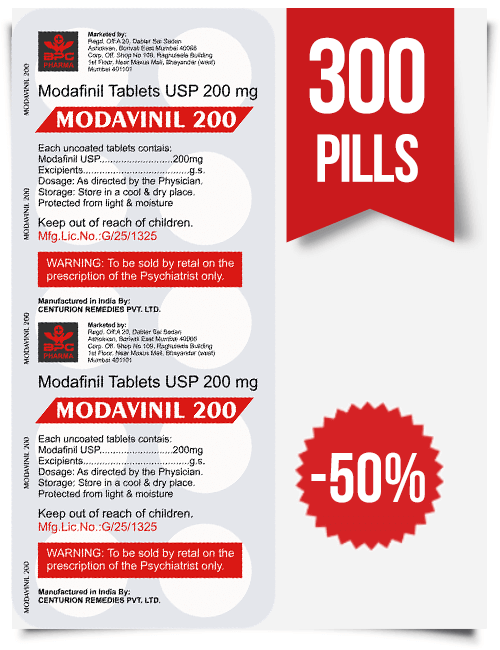Regulation of cord blood banking – Know the criteria
The government regulates cord blood banking and how the various banks must operate. There are several aspects that come under consideration here. In this article, find out more about the criteria for the same in the paragraphs that follow.
A large volume of the stored cord blood gets transported from one country to another for use in various therapies. Often, it happens that the cord blood cell unit which doctors need for treatment is available in a different country. And the regulations pertaining to the storage differs from one nation to another.
1. To ensure that there is harmony in the regulations in the country of origin and other countries where the rules are already in place.
2. Developing regulations in those countries where the regulations are not pronounced or meager
3. Help out those cord blood banks that do not have any accreditation.
The criteria laid down are usually related to the following. They are-
1. Quality management
2. Consent or Contract with family for cord blood banking
3. Screening and Testing of Donor
4. Collection
5. Manufacturing
6. Potency
7. Transportation and Shipping
8. Monitoring
9. Data sharing and Registry
For expert advice and to know more about the concept of umbilical cord blood banking, you can refer to Americord for cord blood banking.
As such, collection by consent, cryopreservation, and distribution of these cord blood cells are carried out in banks that are both private as well as public.
While the cost of preserving these cells in the private banks is quite expensive and may hurt your wallet as the insurance companies do not bear these expenses, the cost of preserving the same in a public cord blood bank is usually free.
Also, it has come to the notice of the authorities that not all stem cells preserved in the private banks get used. However, if you have the stem cells in the public cord blood banks, the chances of them getting used for treatments are high.
As such, if you are interested in donating the stem cells to someone else, you can always do a noble job, thereby saving many lives. And if a hereditary disease runs in the family for which you might require the stem cells, you can preserve them instead of donating.
A large volume of the stored cord blood gets transported from one country to another for use in various therapies. Often, it happens that the cord blood cell unit which doctors need for treatment is available in a different country. And the regulations pertaining to the storage differs from one nation to another.
Uniform regulations
To maintain uniformity in regulating the transit, and the consequent movement of these umbilical cord blood units, the CBA or Cord Blood Association has put forward a few criteria. The main objective of regulating this industry is to achieve the following-1. To ensure that there is harmony in the regulations in the country of origin and other countries where the rules are already in place.
2. Developing regulations in those countries where the regulations are not pronounced or meager
3. Help out those cord blood banks that do not have any accreditation.
The criteria laid down are usually related to the following. They are-
1. Quality management
2. Consent or Contract with family for cord blood banking
3. Screening and Testing of Donor
4. Collection
5. Manufacturing
6. Potency
7. Transportation and Shipping
8. Monitoring
9. Data sharing and Registry
For expert advice and to know more about the concept of umbilical cord blood banking, you can refer to Americord for cord blood banking.
How does preservation help?
The blood that is present in the umbilical cord just after a baby is born contains stem cells that are capable of getting transformed into other cells. And this very concept is applied in therapies wherein the cord blood stem cells are used for curing deadly diseases like cancer, metabolic diseases, and immunodeficiency disorders of any individual belonging to your own family or from any other household.As such, collection by consent, cryopreservation, and distribution of these cord blood cells are carried out in banks that are both private as well as public.
While the cost of preserving these cells in the private banks is quite expensive and may hurt your wallet as the insurance companies do not bear these expenses, the cost of preserving the same in a public cord blood bank is usually free.
Also, it has come to the notice of the authorities that not all stem cells preserved in the private banks get used. However, if you have the stem cells in the public cord blood banks, the chances of them getting used for treatments are high.
As such, if you are interested in donating the stem cells to someone else, you can always do a noble job, thereby saving many lives. And if a hereditary disease runs in the family for which you might require the stem cells, you can preserve them instead of donating.













Leave a Feedback